Description
Red Factor Canary for sale
Red Factor Canary for sale,named after its beautiful plumage, the Red Factor Canary is one of the most popular canaries. It is active and lively, enjoyed by both those who wish to keep a pet canary as well as those who specialize in showing. A delightful entertaining little bird, it is hardy and very easy to keep. However they are not easy to breed, so will need a more advanced keeper for this purpose.
The Red Factor Canary is classed as a “color canary”, bred for color rather than physical characteristics or song. First bred in the 1930’s, they are the only Color Bred Canary that has a red factor as part of their genetic structure.
The Red Factor, like other canary breeds, will grow to be about 5.5 inches (14 centimeters) long. This breed is separated into two sub-classes, Melanin and Lipochrome, due to subtle variations in the depth of the red color of their feathers. These were designed primarily to distinguish the distinctive brightness of colour in certain birds.
Care and feeding Red Factor Canary for sale
Canaries like wide open spaces so provide a roomy cage. Provide a cage with vertical bars and small perches of different size for foot exercise. Have at least 1 perch set high in the cage for the canary to roost (sleep). The cage should be placed high, so the canary can look down on us so to speak.
Canaries eat mainly canary seed and rape seed. Vitamin coated canary seed mixes are readily available at a pet store. Greens are also enjoyed and can be offered daily along with a little calcium in the form of a cuttlebone.
In all Color Bred Canaries, red and orange pigments are obtained from their diet. Even the color of Red Siskin was found to be dependent on what it ate in the wild. Consequently the Red Factor Canary also requires feeding a special diet to keep its intense coloring.
Color feeding means feeding of foods that are specifically designed to enhance color. These are found in three chemicals; primarily carotenoids for most birds with the addition of Canthaxanthin and Beta-Carotene for Red Factor Canaries.
Berries, beets, sweet potatoes, squashes, tomatoes, and cherries contain carotenoids which enhance color. Red and orange can also be increased in many breeds by simply adding cayenne pepper and paprika to the diet. A carotenoid concentrate is also used by some experts and Canthaxanthin and Beta-Carotene are obtained as commercial supplements. These color feeding chemicals must be used carefully with close attention paid to proper quantities.
All canaries do like to bath, so they should be offered a bird bath. Cage cleaning and toe nail trimming is about all the maintenance canaries need.
Social Behaviors
Canaries are very social with good personalities. They will not harm children, visitors, or other pets. They are, however, timid birds and should not be housed with parakeets, lovebirds, or other hookbills that tend to be more aggressive birds by nature. Pairing up with two male canaries in a cage can cause fights, but canaries can easily be housed in a spacious cage with other canaries, finches, and other hardbills.
They are good-natured social creatures that do well when kept in cages or in aviaries. They are timid birds though and should not be housed with parakeets, lovebirds, or other hookbills that tend to be more aggressive birds by nature.
Male canaries should be kept in a cage by themselves to ensure quality singing. Males can be territorial and pairing up with two male canaries in a cage can cause fights. In a spacious aviary canaries can generally be housed with other canaries, finches, and other hardbills.
Housing Red Factor Canaries
If you only have a single red factor canary, go for a 1.5-foot cage (45 cm). Canaries do not require toys or other forms of enrichment in the same way as parrots do; a single swing will be enough. You might also add a few perches to keep the bird entertained.
Breeding/Reproduction
The Red Factor Canaries are more difficult to breed and so this is recommended for a more advanced keepers. Most canaries breed easily and readily if provided with quality food, lighting, secure surroundings, and conditioning. Breeding season for most canaries is usually from December to April. They are best bred in breeding cages.They lay their eggs in a nest. The female will lay 3 to 6 eggs, one per day. It is best to allow a hen to have only two clutches.
Red Factor Canary Colors and Markings
These birds are instantly recognizable because of their bright red feathers. Their colors can range from pinkish red to dark red, and some even develop an orange, copper, or peachy hue. The brighter and more developed the colors are, the higher quality the bird is considered. When showing, only the highest quality birds win. The diet the bird is fed directly correlates with its color development, but diet only effects new feathers. Dietary changes will not alter the colors of feathers that have already grown in.
Speech and Sound of red factors Canarries
All male canaries will sing, but the red factor is not known and bred for its singing — you may want to invest in a song canary if you want your house filled with beautiful song. Even though this canary is not “formally” trained to sing, it does have a pleasant song, and is not a noisy bird, like many companion birds can be.
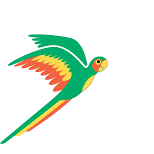
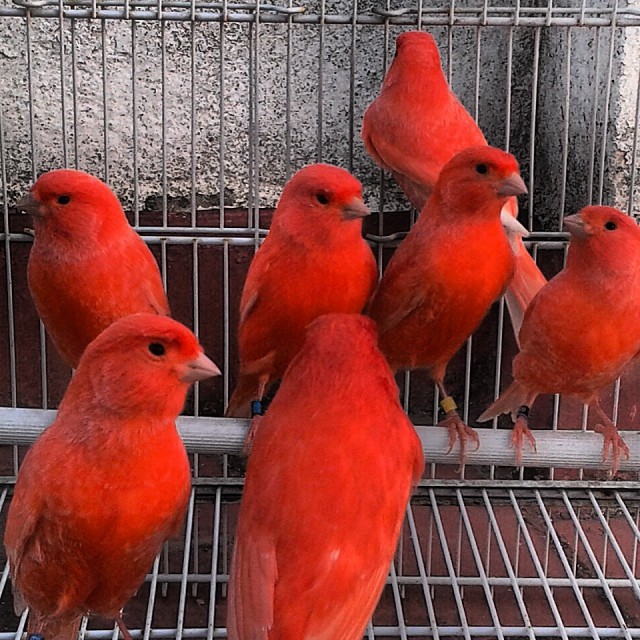
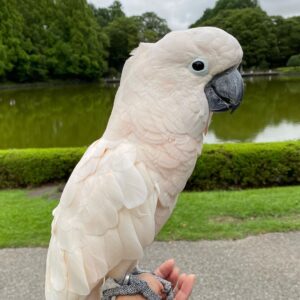
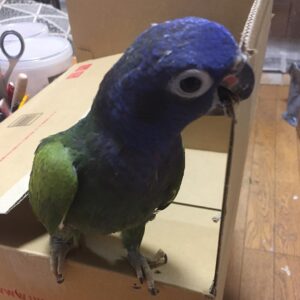

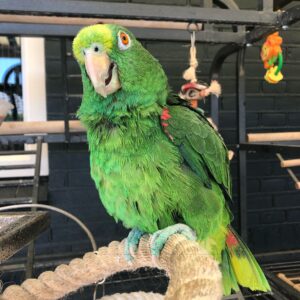
Donnie Echelberger –
Everything is very open with a clear clarification of the challenges. It was really informative. Your site is extremely helpful. Many thanks for sharing!